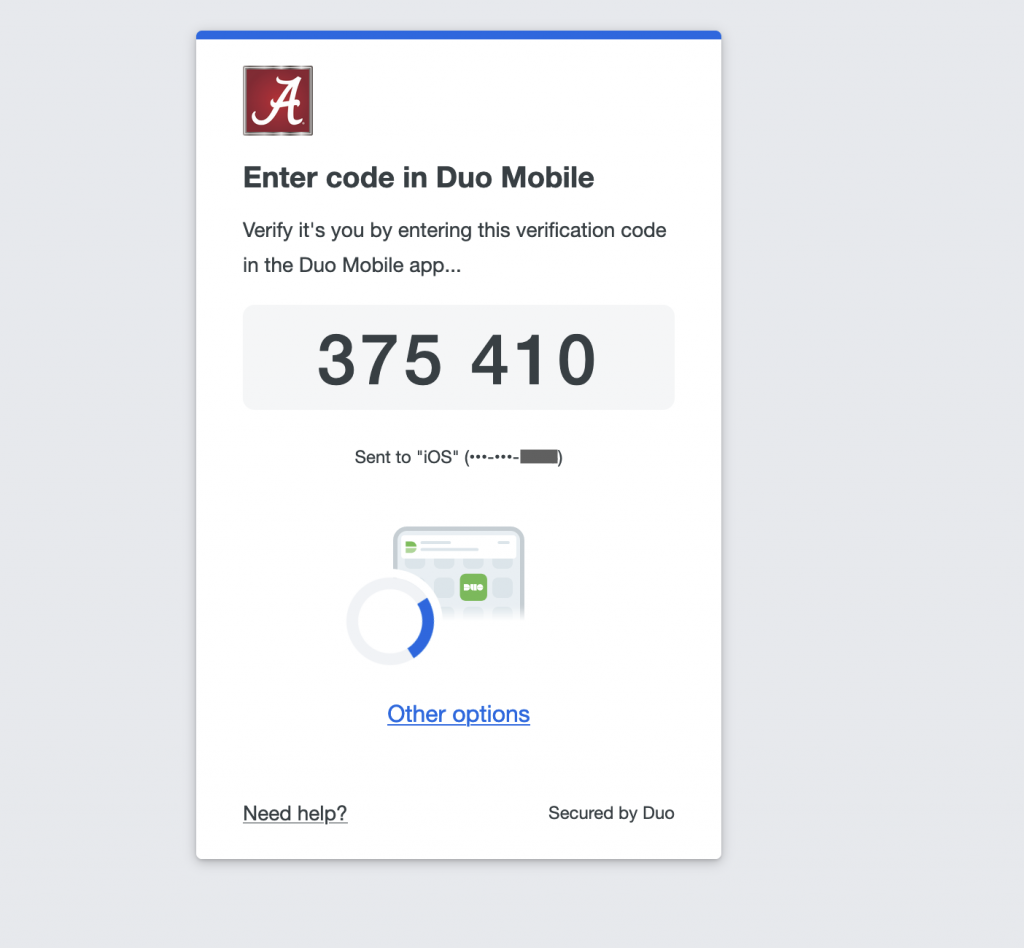The local Microsoft Account Team will be providing an AZ-900 (Azure Fundamentals) class at the University of Alabama on November 9th from 9:00am – 4:00 pm. The cost of the training is FREE. Room for this event will be limited to 40 participants. The agenda and Registration link are below. Additional general details will be forthcoming to registered attendees. Please let me know if you have any questions.
Azure AZ-900 Class
Azure Fundamentals introduces cloud services, and how these services are provided by Microsoft Azure. Take this course as a first step towards learning about cloud computing and Azure, before taking further courses.
This course covers:
- General cloud computing concepts, models, and services such as:
- Public, Private, and Hybrid clouds
- Infrastructure, Platform, and Software as a Service
- Core Azure products, services and tools for security, privacy, compliance, and trust
- Azure pricing and support options
Registration Link for University of Alabama AZ-900 course on November 9th
Azure AZ-900 Microsoft Azure Fundamentals
Candidates for this exam have skills and experience working with an area of information technology (IT), such as infrastructure management, database management, or software development.
· Describe cloud concepts (25–30%)
· Describe Azure architecture and services (35–40%)
· Describe Azure management and governance (30–35%)
Describe cloud concepts (25–30%)
Describe cloud computing
· Define cloud computing
· Describe the shared responsibility model
· Define cloud models, including public, private, and hybrid
· Identify appropriate use cases for each cloud model
· Describe the consumption-based model
· Compare cloud pricing models
· Describe serverless
Describe the benefits of using cloud services
· Describe the benefits of high availability and scalability in the cloud
· Describe the benefits of reliability and predictability in the cloud
· Describe the benefits of security and governance in the cloud
· Describe the benefits of manageability in the cloud
Describe cloud service types
· Describe infrastructure as a service (IaaS)
· Describe platform as a service (PaaS)
· Describe software as a service (SaaS)
· Identify appropriate use cases for each cloud service (IaaS, PaaS, and SaaS)
Describe Azure architecture and services (35–40%)
Describe the core architectural components of Azure
· Describe Azure regions, region pairs, and sovereign regions
· Describe availability zones
· Describe Azure datacenters
· Describe Azure resources and resource groups
· Describe subscriptions
· Describe management groups
· Describe the hierarchy of resource groups, subscriptions, and management groups
Describe Azure compute and networking services
· Compare compute types, including containers, virtual machines, and functions
· Describe virtual machine options, including Azure virtual machines, Azure Virtual Machine Scale Sets, availability sets, and Azure Virtual Desktop
· Describe the resources required for virtual machines
· Describe application hosting options, including web apps, containers, and virtual machines
· Describe virtual networking, including the purpose of Azure virtual networks, Azure virtual subnets, peering, Azure DNS, Azure VPN Gateway, and ExpressRoute
· Define public and private endpoints
Describe Azure storage services
· Compare Azure Storage services
· Describe storage tiers
· Describe redundancy options
· Describe storage account options and storage types
· Identify options for moving files, including AzCopy, Azure Storage Explorer, and Azure File Sync
· Describe migration options, including Azure Migrate and Azure Data Box
Describe Azure identity, access, and security
· Describe directory services in Azure, including Azure Active Directory (Azure AD), part of Microsoft Entra and Azure Active Directory Domain Services (Azure AD DS)
· Describe authentication methods in Azure, including single sign-on (SSO), multi-factor authentication (MFA), and passwordless
· Describe external identities in Azure, including business-to-business (B2B) and business-to-customer (B2C)
· Describe Conditional Access in Azure AD
· Describe Azure role-based access control (RBAC)
· Describe the concept of Zero Trust
· Describe the purpose of the defense-in-depth model
· Describe the purpose of Microsoft Defender for Cloud
Describe Azure management and governance (30–35%)
Describe cost management in Azure
· Describe factors that can affect costs in Azure
· Compare the pricing calculator and the Total Cost of Ownership (TCO) Calculator
· Describe cost management capabilities in Azure
· Describe the purpose of tags
Describe features and tools in Azure for governance and compliance
· Describe the purpose of Microsoft Purview in Azure
· Describe the purpose of Azure Policy
· Describe the purpose of resource locks
Describe features and tools for managing and deploying Azure resources
· Describe the Azure portal
· Describe Azure Cloud Shell, including Azure Command-Line Interface (CLI) and Azure PowerShell
· Describe the purpose of Azure Arc
· Describe infrastructure as code (IaC)
· Describe Azure Resource Manager (ARM) and ARM templates
Describe monitoring tools in Azure
· Describe the purpose of Azure Advisor
· Describe Azure Service Health
· Describe Azure Monitor, including Log Analytics, Azure Monitor alerts, and Application Insights
Registration Link for University of Alabama AZ-900 course on November 9th.

